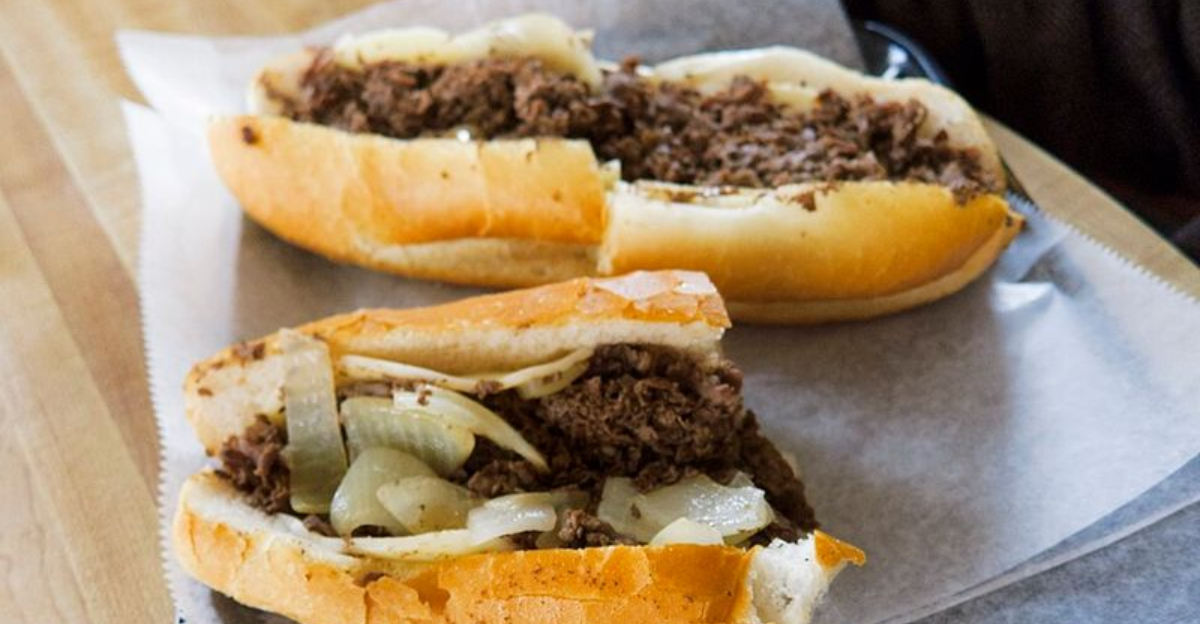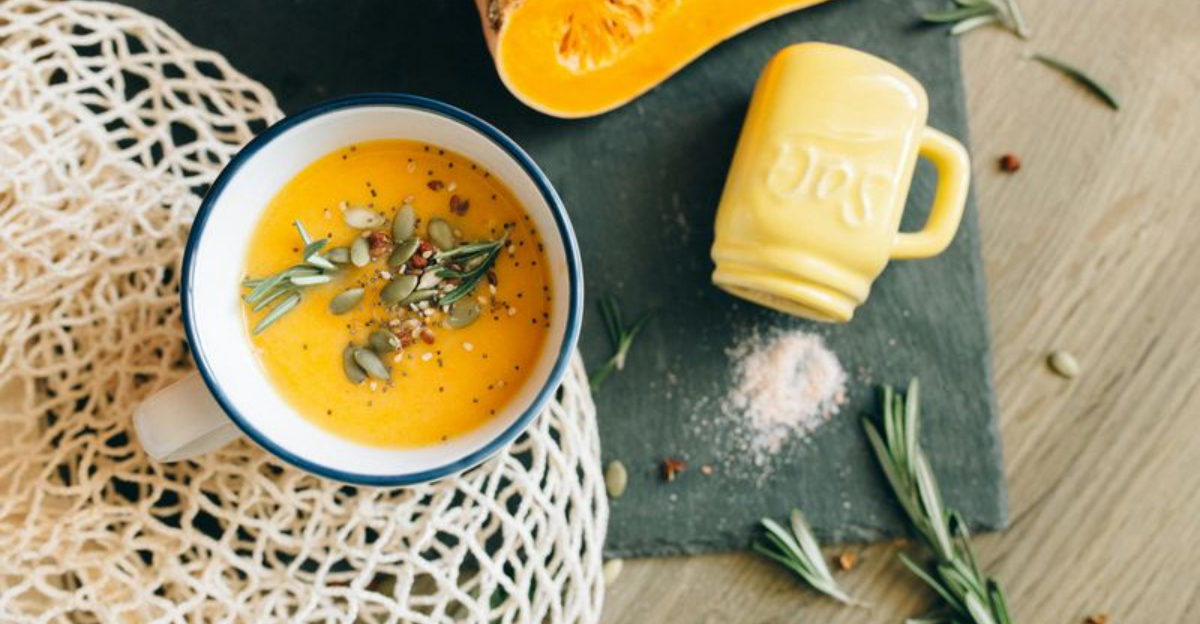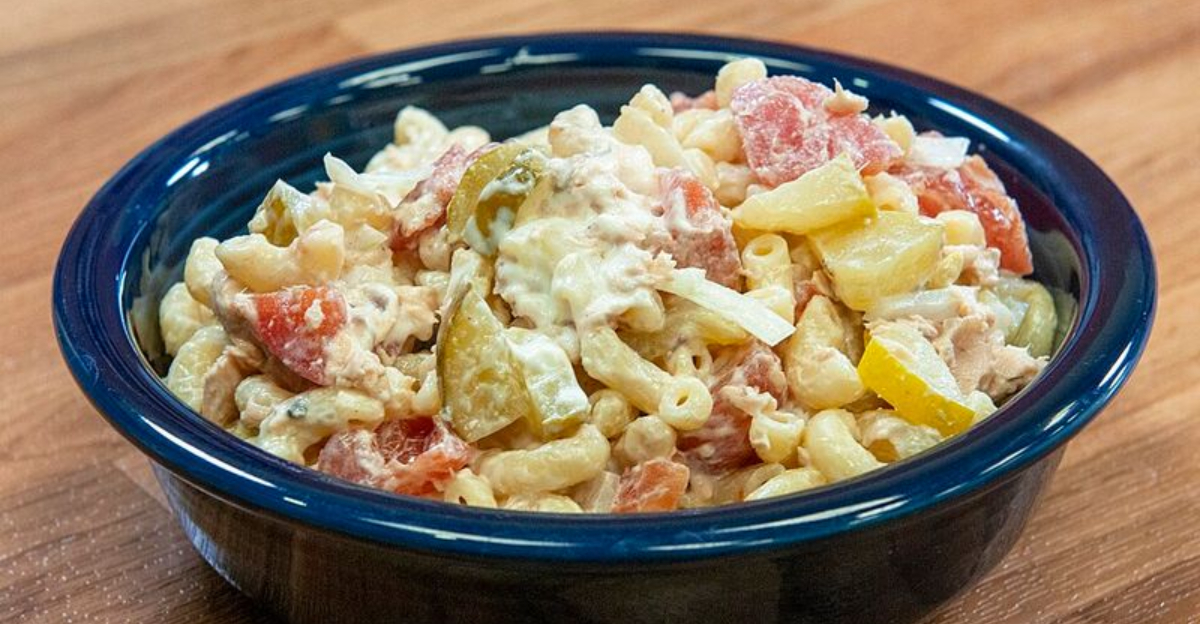15 Essential Stir-Fry Tips For Perfect Results Every Time
Stir-frying ranks among the quickest, freshest, and most exciting ways to get dinner on the table. Done well, it fills your kitchen with a sizzling aroma while delivering crisp veggies, tender protein, and bold flavors that jump right onto your taste buds.
Skip a few key steps, though, and everything can slide into soggy, muted, or uneven territory fast.
Master a handful of essential techniques and your wok turns into a full-on flavor station, sending out restaurant-quality meals every single time.
This material provides general cooking guidance based on widely accepted culinary techniques. Individual results may vary depending on equipment, ingredient quality, and personal cooking experience. No endorsements are implied, and readers should use proper kitchen safety practices when preparing high-heat dishes.
Mise En Place Is Your Secret Weapon
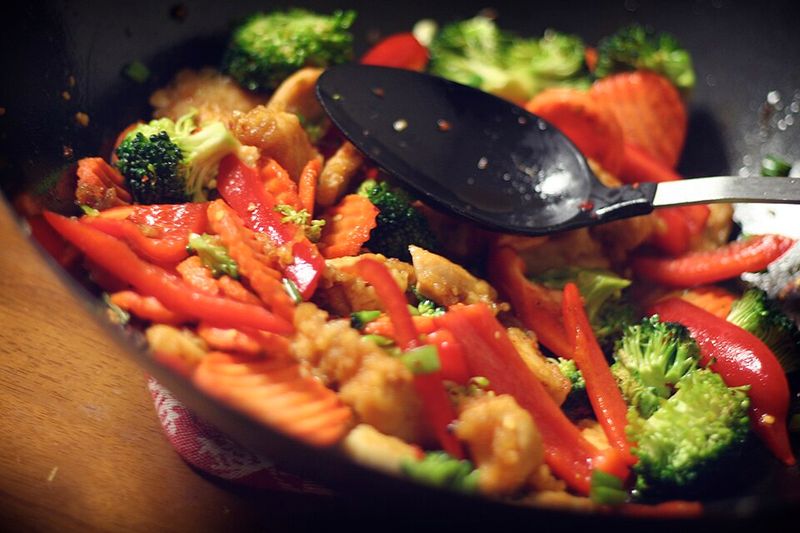
Getting everything chopped, measured, and lined up before you light the stove is absolutely crucial. Stir-frying happens lightning-fast, so there’s zero time to dice an onion mid-cook.
Think of it like a cooking relay race where every ingredient needs to be at the starting line. If you scramble to prep while the wok heats, something will burn or overcook.
Pro chefs call this mise en place, but you can just call it smart planning!
Pick The Right Pan For Maximum Heat
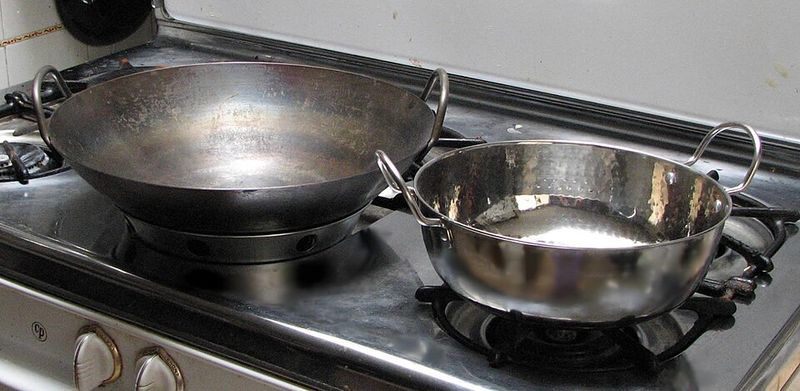
A flimsy pan will create cold spots that steam your food instead of searing it. Heavy-bottomed woks or cast-iron skillets distribute heat evenly, giving you that signature smoky char.
Carbon steel woks are the gold standard because they heat up fast and retain serious temperatures. However, a good stainless or cast-iron skillet works wonders too.
Just avoid nonstick pans at high heat since they can release fumes.
Hot Wok Cold Oil Method Wins Every Time
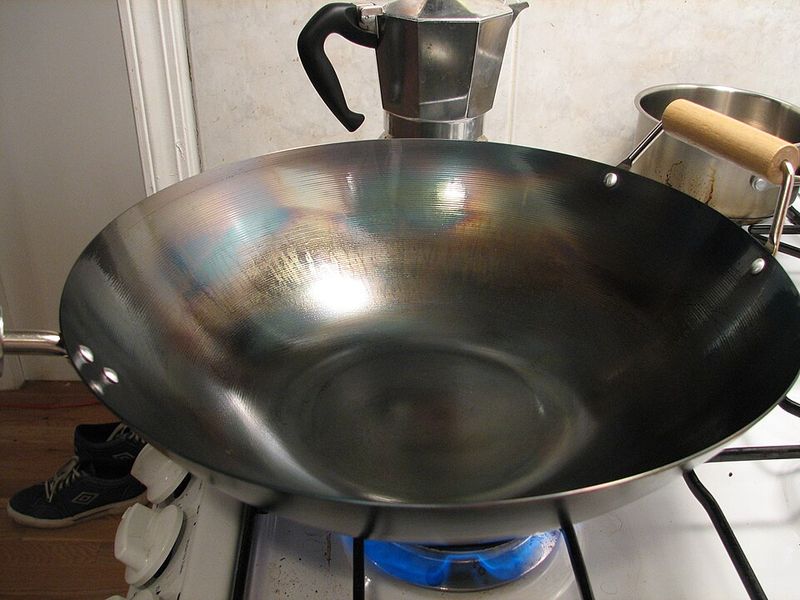
Pre-heating your wok until it’s smoking hot, then adding oil, prevents sticking and creates a natural nonstick surface. This technique is a game-changer for home cooks.
When oil hits a scorching wok, it spreads instantly and coats every surface before food touches down. That means proteins sear instead of sticking.
If you add oil to a cold pan, food absorbs it and turns greasy. Hot wok, cold oil: repeat it like a mantra!
Choose High Smoke Point Oils Wisely
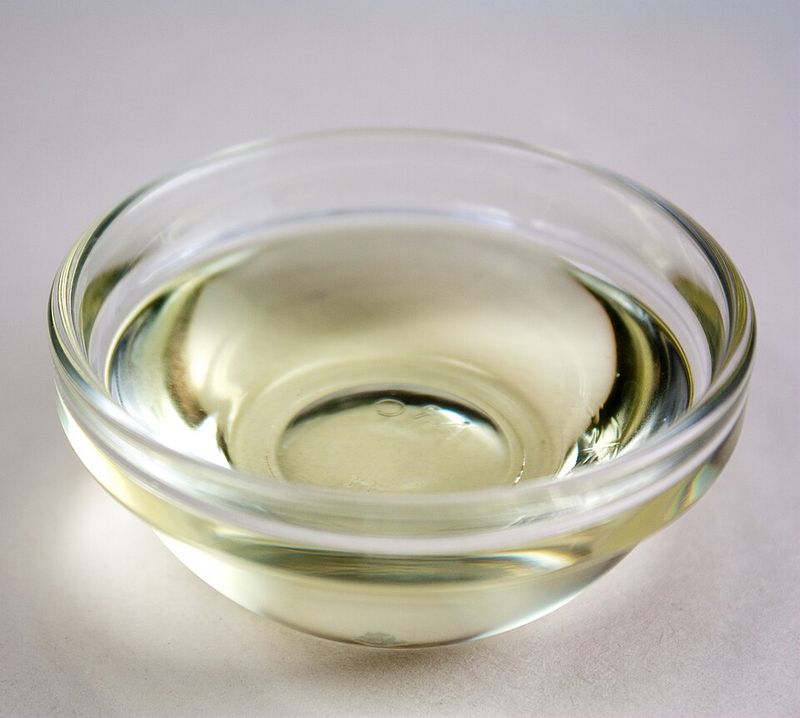
Oils like canola, peanut, grapeseed, and rice-bran can handle the intense heat without breaking down or smoking out your kitchen. They let you crank up the flame for that authentic wok hei flavor.
Save delicate oils like sesame or extra-virgin olive oil for drizzling at the end. They add aroma and richness without burning.
Think of it as layering flavors: high-heat oil for cooking, flavor oil for finishing.
Uniform Cuts Cook Evenly And Look Professional

When everything is roughly the same size, it all finishes cooking at the same moment. No more crunchy carrots next to mushy zucchini!
Aim for bite-sized pieces about half an inch thick so they cook through quickly without burning on the outside. Consistent cuts also make your dish look like it came from a restaurant kitchen.
Plus, uniform pieces are way easier to toss and stir without flying out of the wok.
Add Ingredients In The Right Order
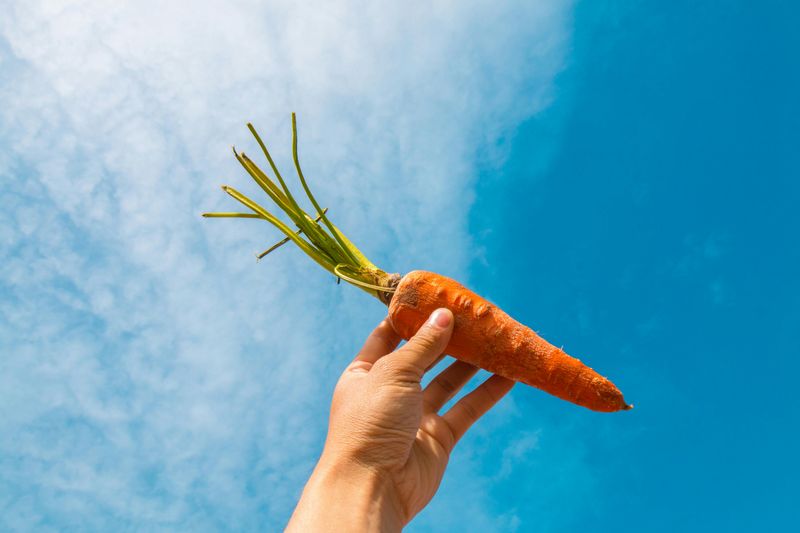
Start with whatever takes longest to cook, like thick carrots, broccoli stems, or raw chicken. Once those are nearly done, toss in quicker-cooking items like bell peppers or snap peas.
This staggered approach ensures everything finishes at the same time with perfect texture. If you dump it all in at once, some ingredients turn to mush while others stay raw.
Timing is everything in the stir-fry universe!
Keep It Moving To Avoid Burning
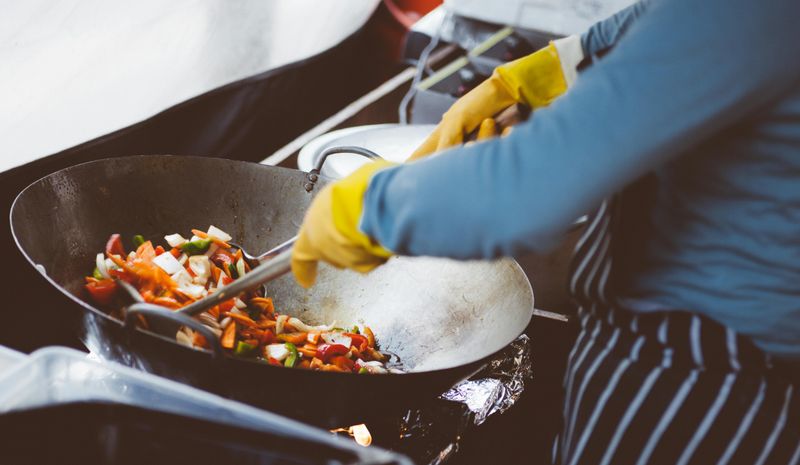
Constant stirring or tossing keeps food from scorching and ensures even contact with the hot surface. That’s literally why it’s called stir-fry!
If food sits still for too long, the bottom layer burns while the top stays undercooked. Use a metal spatula or wooden spoon to flip and toss every few seconds.
Channel your inner superhero and keep those ingredients dancing around the wok like they’re on a hot dance floor.
Never Overload The Wok Or Pan

Cramming too much food into the wok drops the temperature instantly, causing everything to steam instead of sear. You lose that crispy, caramelized edge.
If you’re cooking for a crowd, work in batches and keep finished portions warm in the oven. It takes a few extra minutes but delivers way better results.
Think of your wok as a stage: give each ingredient room to shine under the spotlight!
Aromatics Need Instant Sizzle

Garlic, ginger, and scallions release their magic only when they hit serious heat and sizzle right away. Add them too early to a cold pan and they’ll burn or turn bitter.
Wait until your wok is blazing hot, then toss aromatics in and stir for about ten seconds before adding other ingredients. That brief blast unlocks their fragrance without scorching.
Your kitchen will smell like a street-food market in the best way possible!
Sauce Goes In Last To Preserve Texture
Adding sauce too early turns your stir-fry into a soupy mess because the liquid cools everything down and makes vegetables limp. Hold off until the very end.
Once your ingredients are cooked through and slightly charred, push them to the side, pour sauce into the hot center, let it bubble, then toss everything together. This method keeps texture intact while coating every piece.
Timing the sauce is the difference between crispy and soggy.
Cornstarch Slurry Thickens Like Magic
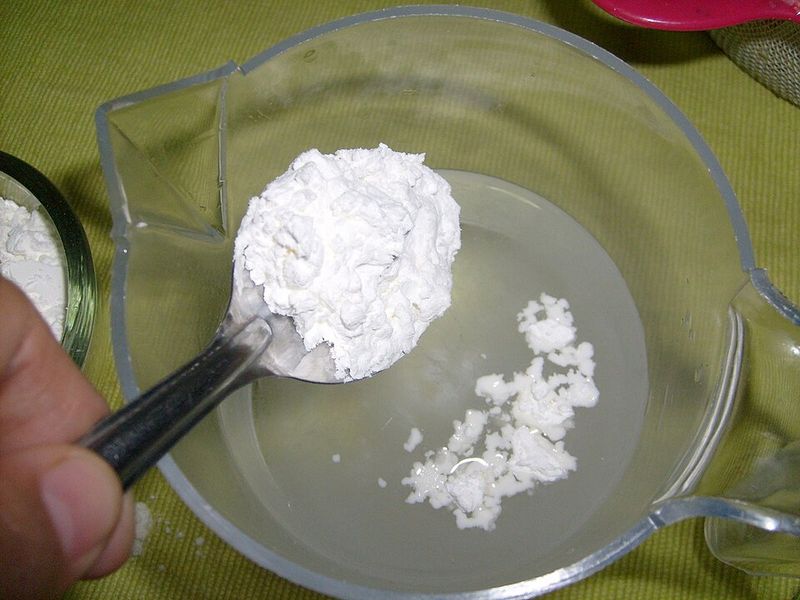
If you want a glossy, restaurant-style sauce that clings to every ingredient, whisk together cornstarch and cold water, then stir it into the wok at the very end. It thickens almost instantly.
Use about one tablespoon of cornstarch mixed with two tablespoons of water for most recipes. Stir it once through and watch the transformation happen before your eyes.
Just saying, this trick makes home cooking look seriously pro!
Serve Immediately For Peak Perfection
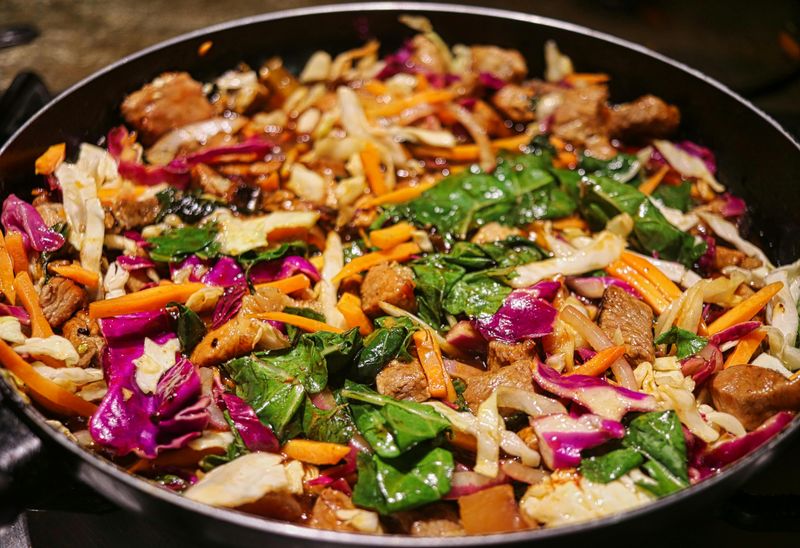
Stir-fry is at its absolute best the moment it leaves the wok. Letting it sit causes vegetables to release moisture, turning everything soft and sad.
Have your plates or serving bowls ready so you can dish up right away. If you must hold it, keep portions warm in a low oven uncovered to prevent steaming.
Think of stir-fry like a firework: it’s brightest and most exciting in the first few seconds!
Clean And Dry Your Wok Properly

After cooking, rinse your wok with hot water and scrub gently with a brush or sponge. Avoid harsh soaps that strip away the seasoning you’ve built up over time.
Dry it thoroughly over low heat on the stove to prevent rust, especially if it’s carbon steel or cast iron. A well-maintained wok becomes more nonstick with every use.
Treat your wok like a superhero sidekick: take care of it and it’ll save dinner every time!
Use Colourful Veggies For Visual Pop
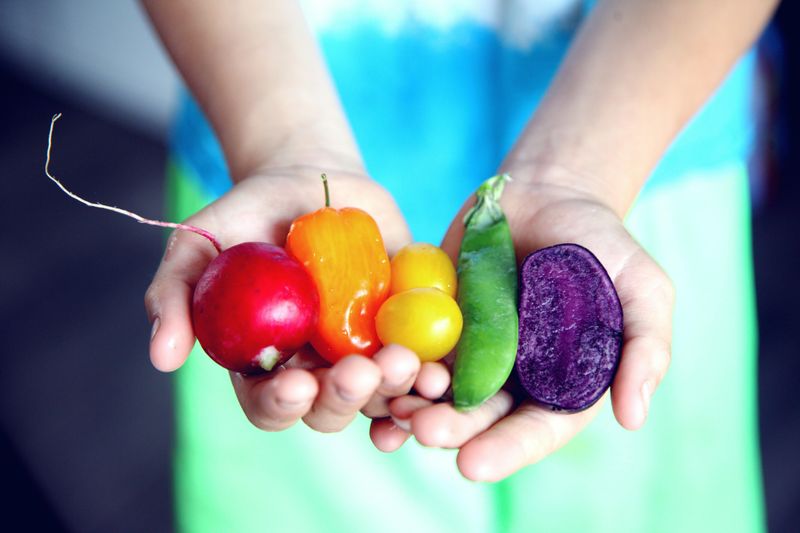
Bright vegetables like red peppers, orange carrots, green snap peas, and purple cabbage make your stir-fry look as good as it tastes. Eating with your eyes is totally a thing!
Mixing textures is just as important: pair crispy carrots with tender bok choy or crunchy water chestnuts with soft mushrooms. Variety keeps every bite interesting.
Think of your wok as a painter’s palette where every color and texture adds to the masterpiece.
Reserve Delicate Greens For The Grand Finale
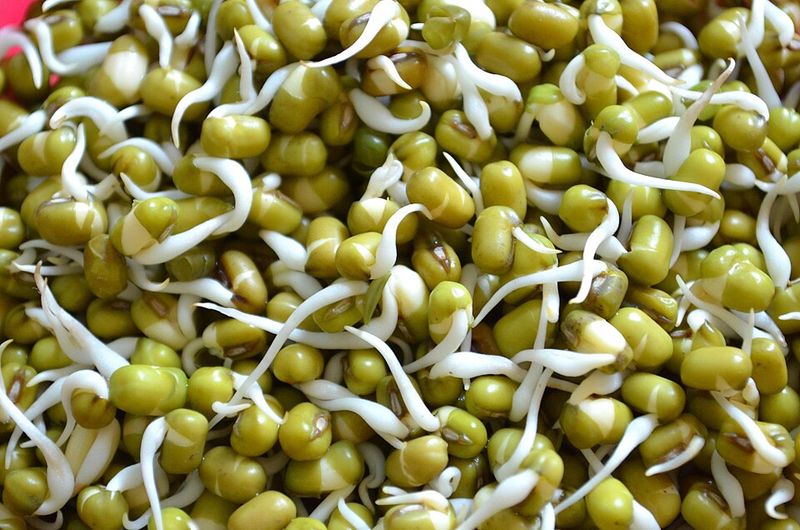
Tender greens like spinach, baby bok choy, and bean sprouts wilt in seconds, so add them during the last thirty seconds of cooking. They’ll stay bright green and crisp-tender.
If you toss them in too early, they turn dark, mushy, and lose all their vitamins. Timing these delicate ingredients is like adding the cherry on top of a sundae: save the best for last.
Your stir-fry will look fresh, vibrant, and totally Instagram-worthy!

